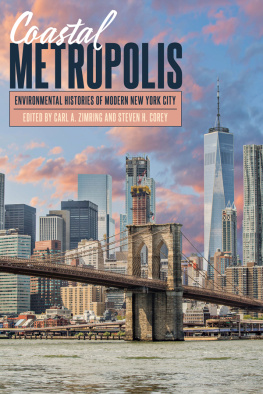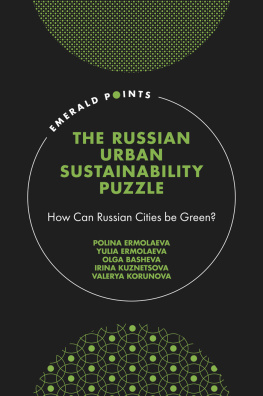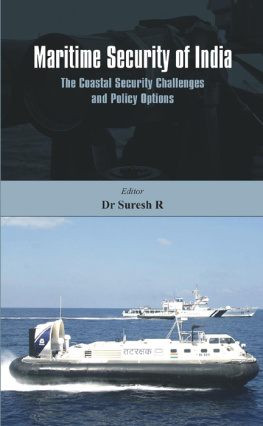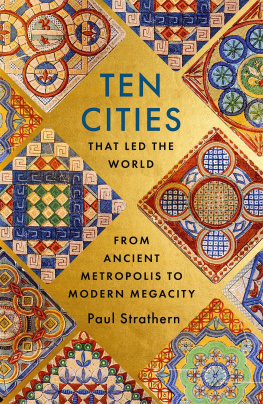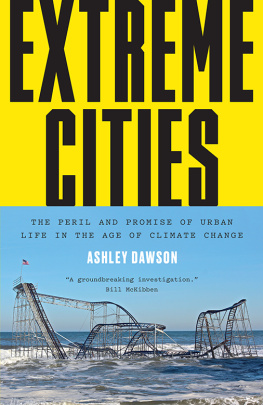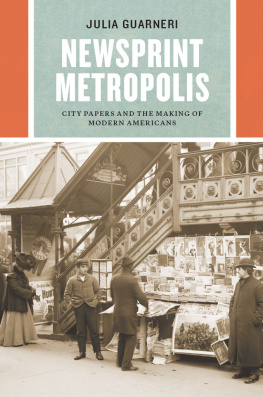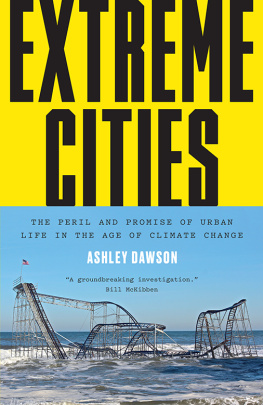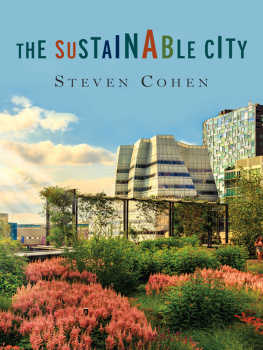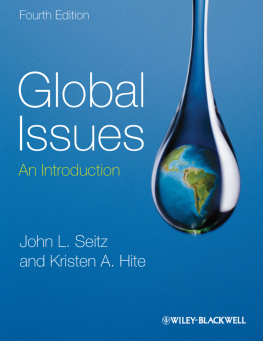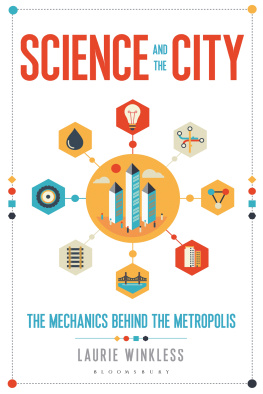Martin V. Melosi and Joel A. Tarr, Editors
ACKNOWLEDGMENTS
The editors thank Marty Melosi and Joel Tarr both for having this volume in the History of the Urban Environment series, and for contributing their own chapters. Marty got the ball rolling on this project, and we especially thank him for organizing a working breakfast with several participants at the 2016 Urban History Association meeting in Chicago.
At the University of Pittsburgh Press, Sandy Crooms guided us with great support and enthusiasm for the project. Amy Sherman provided careful and helpful copyediting.
An edited volume depends on the skills and wisdom of its contributors, and we thank our writers for being so engaged in the development and revising of their chapters.
Progress on the volume was made at a 2018 weekend workshop at the National Parks Services Urban Field Station in Fort Totten, Queens. We thank Michelle Johnson and Ruth Rae for their invaluable help with the weekends logistics and Patrick Nugent for the initial suggestion to meet at the field station.
We thank Jodi Shapiro, Desiree Alden, and Emily Toder at the New York Transit Museum, as well as the staff of the New York Public Library, Library of Congress, and National Archives for assistance with image rights and reproductions.
Carl Zimrings sabbatical leave from the Pratt Institute aided the completion of this volume. He thanks department chair Macarena Gmez-Barris, interim dean Helio Takai, and provost Kirk Pillow for their support at the office, and especially all-around ace in the hole Jen Potter for her support at home.
Steven Corey would like to thank Christie Dal Corobbo and the entire staff of the Office of the Dean, School of Liberal Arts and Sciences, as well as provost Marcella David, former provost Stanley Wearden, and interim provost Suzanne Blum Malley at Columbia College Chicago for their support. He also wishes to thank Alexandra Filindra for her patience, love, and support.
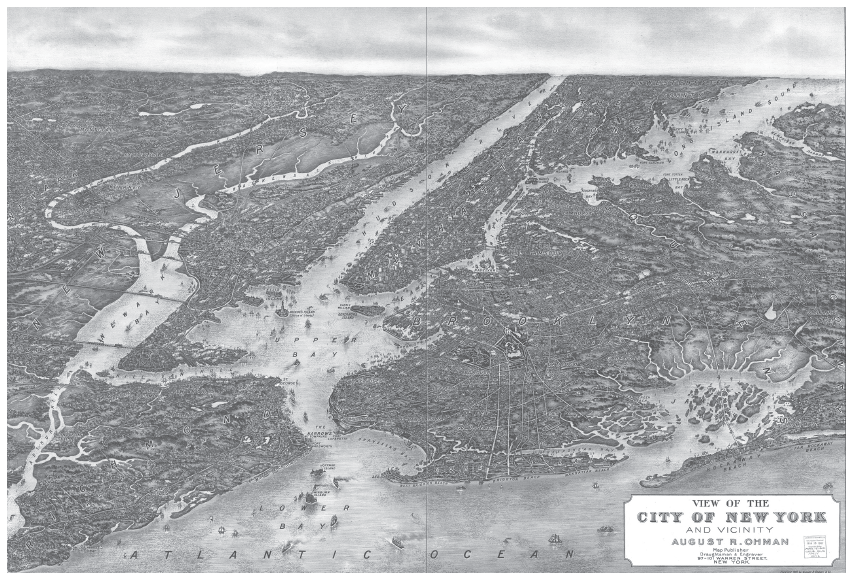
FIGURE I.1. August R. Ohman & Co., View of the City of New York and Vicinity (New York: August R. Ohman & Co., 1907). Source: Library of Congress Geography and Map Division.
INTRODUCTION
WATER, INFRASTRUCTURE, AND WASTESCAPES
Carl A. Zimring and Steven H. Corey
New Years Day 1898 birthed Greater New York. The cities of New York and Brooklyn, respectively the first- and fourth-most-populated cities in the United States, joined with what are today the boroughs of the Bronx, Staten Island, and Queens to form a supercity, more than twice as populated as Chicago and second only in the world to London, with 3,437,202 enumerated in the 1900 census. The citys coastline expanded from the 32 miles of Manhattan Island to 520 miles including Long Island and Staten Islands shorelines of ocean, as well as rivers, bays, and inlets. The geographic borders and world status of the modern city were in place. During the 1920s New York surpassed London as the worlds largest city, and in the 1930s the New York metropolitan region became the first in history to reach ten million people. During the late 1940s the noted writer E. B. White declared, New York is the concentrate of art and commerce and sport and religion and entertainment and finance, bringing together the gladiator, the evangelist, the promoter, the actor, the trader, and the merchant.
The vibrations of great times and tall deeds that White described endured and grew, and the conglomeration of settlements surrounding Manhattan Island galvanized that activity. Two decades into the twenty-first century, the
Place produced the conditions for this urban giant. Capital accumulates where land and sea come together. The contributors to this volume examine environmental history in modern New York City, a metropolis whose situation connected it to the Atlantic world and continental North America, presenting great opportunity. Its site atop an estuary brought both great riches and great risk.
Josephs alarm at the hazards of living in New York City relates to the systems of buildings and infrastructure that the modern city developed to take advantage of its site and situation. The New York City linked by bridges and joined by annexation became a metropolis that imposed technologies and practices to control nature and transform the region into the massive accumulation of capital and humanity it is today. The ways in which New Yorkers have interacted with
Such activity required supporting infrastructure; in the popular imagination New York Citys modernity is associated with its transportation infrastructure, especially the buses, commuter trains, subways, piers, bridges, and tunnels of the Port Authority of New York and New Jersey and the Metropolitan Transportation Authority. (Residents beyond Manhattan are derisively described as the bridge and tunnel crowd, underscoring both the importance of the connections and some social unease at the permeability of Manhattan.
Bridges represent only one aspect of the urban infrastructure involving water. Aqueducts, sewers, and wastewater treatment facilities were also necessary for the growth and maintenance of the modern metropolis into a world capital.
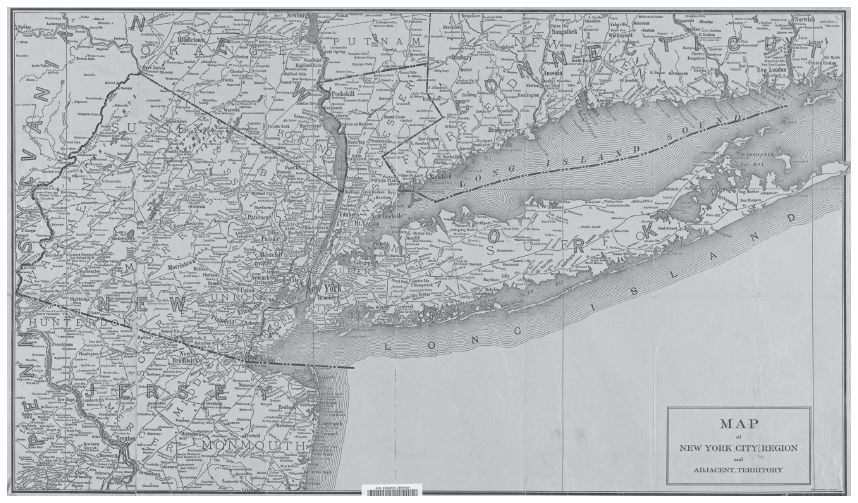
FIGURE I.2. Map of New York City Region and Adjacent Territory. Source: Lionel Pincus and Princess Firyal Map Division, The New York Public Library.
Popular conceptions of the city as Manhattan reveal core-periphery relations that have led outer borough residents to different levels of exposure to the hazards of water and waste, including the perils Joseph articulates in Fluid New York. The spatial relations in this volume bring readers out from the core to Brooklyns shore, the Rockaways in Queens, and to other neighborhoods in the Bronx and Staten Island that enjoy what are often concealed relationships to aquatic environs. The ways the new boundaries of the modern city have influenced the politics and environmental experiences of the people living outside of Manhattan raise questions about social, economic, and environmental inequalities past and present within the city. The scope of the chapters also extends beyond municipal limits to consider how the urban metabolic functions of the modern city affect surrounding land and water throughout the New York Bight. These include waste management strategies effects down the New Jersey coastline of the Atlantic Seaboard and demands for energy having effects up the Hudson River to Storm King Mountain. The power dynamics that shaped these systems include consideration of City Hall and interests pursuing capital accumulation, themes consistent with earlier studies of New York Citys history as well as assessment of present-day land use decisions.
The liminal nature of littoral New York has multiple causes. Humans transformed the land, the water, and the shoreline where land and water meet to expand settlement and develop commercial shipping. Landfill filled in the lower tip of Manhattan, and huge swathes of coastline and inner crevasses of the other four boroughs. The environmental dynamics also demonstrate how shifts in

